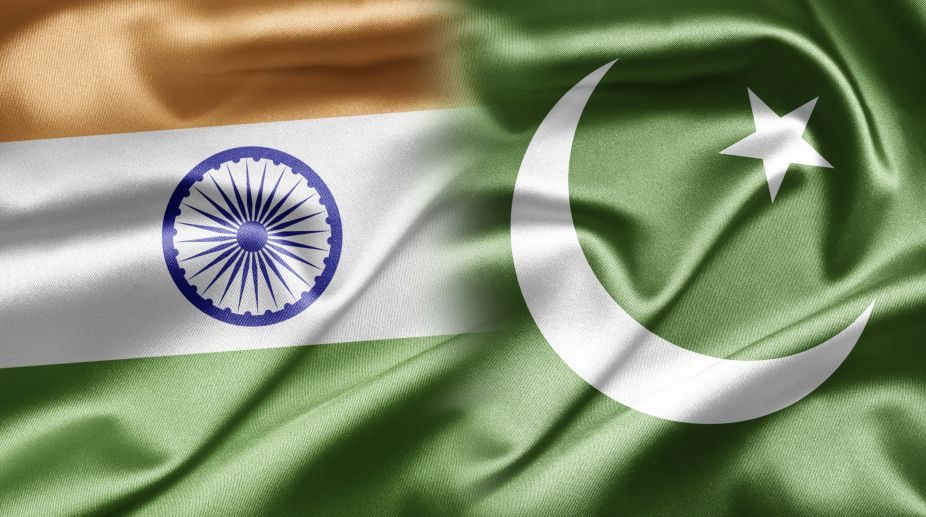Mahatma’s agonies
The Muslim League ministry in Bengal should be able to control the outbreak of disorders in East Bengal, said Mahatma Gandhi on 21 October 1946 in an interview to Preston Grover of Associated Press of America.

Representational Image (Photo: Getty Images)
The fact that there are only 193 member states of the United Nations gives political scientists a problem. Their research into the way nation states work is highly constrained by the small number of cases they have to study.
It is not easy to build explanatory models on the basis of such a limited sample. It is one reason why the field of comparative politics has produced so few reliable predictions of how nation states will behave. The situation of India and Pakistan in 1947 does, however, open up some intriguing possibilities for research. In 1947, the two new countries had much in common. After a shared experience of colonialism, they achieved independence at the same time.
Advertisement
And as they tried to build new political systems, both India and Pakistan were governed by a single party that had opposed British rule. Congress and the Muslim League were faced with identical tasks: writing a new constitution and uniting a population with a low standard of living. Yet the two countries took very different paths. So how come Pakistan’s democratic development has been much more troubled than that of India?
Advertisement
What accounts for the different trajectories they took? Some have cited Mohammad Ali Jinnah’s early death and his assumption of viceregal powers as key factors. They argue that Pakistan either needed someone who would embed a distribution of power and authority or a longer-standing charismatic leader who could overcome the initial challenges of nation building. To have a strong leader who died early was the worst of both worlds. Despite his legal background, Jinnah showed little interest in the separation of powers. Nehru, by contrast, was more of a Westernised liberal. But explanations that rely on the personality of individuals have limited utility.
And over many years academics such as Ian Talbot, Christophe Jaffrelot, Maya Tudor, Katherine Adeney and Andrew Wyatt have tried to identify deeper, underlying factors behind the different rates of democratic progress in India and Pakistan. These explanations can be split into two categories — those that relate to the pre-Independence period and those that cite factors that emerged after 1947. Before Partition, India’s Muslim community had good reason to be suspicious of democracy. As the minority, it always feared that any British attempt to introduce elections would result in the Muslims losing. But there was more to it than that.
While Congress to a significant degree represented the aspirations of middle-class Indians seeking a stake in their society, the Muslim League was controlled by landowners who wanted to keep privileges hardwired into their outlook during the Mughal era. Many of those powerful families remain strong to this day. Class politics have played an important role in both countries. There were also important differences in the way Britain treated different parts of the subcontinent. Many of the places that became Pakistan were colonised primarily for security rather than economic reasons. As a result, they had less experience of representative government in the colonial era.
Other factors kicked in after Independence. For all the talk of equal treatment in the way Partition was handled, Pakistan got the worst deal and had to start creating government structures from scratch. The early accounts of the post-Independence ministries run by men using packing cases for desks show how big the challenge was. India never faced that.
And the early Pakistanis also had to worry about building an army. Because they feared India would try to reverse Partition, there was an urgent need to create a force capable of defending the country. As a result the military, from the outset, absorbed more than half of all public expenditure and consequently became a disproportionally powerful force in the land.
Some have pointed to Pakistan’s diversity as a factor in its lack of democratic development on the grounds that it is difficult to build a cohesive, stable nation when there are such sharp regional rivalries. Against that it can be argued that India has even more diversity than Pakistan. But that perhaps misses the point that the division of Pakistan into two separate geographic entities posed a particularly difficult problem.
The fight to keep hold of East Pakistan — and the shock of losing it — significantly distorted Pakistan’s political progress. One factor Western historians of Pakistan tend not to discuss is the role of Islam in influencing the country’s political development. Since 9/11, there has been increasing attention paid to the idea that Islam is in some way incompatible with democracy.
There is now a vast literature dealing with this issue but, to put it briefly, the significant democratic progress in countries such as Tunisia, Indonesia and others in Southeast Asia undermines the assertion that Islam and democracy are necessarily at odds with each other.
And as the case of Pakistan indicates, non-religious historical factors can explain stunted democratic development.
(The writer is a British journalist and author of Pakistan: Eye of the Storm. Dawn/ANN)
Advertisement